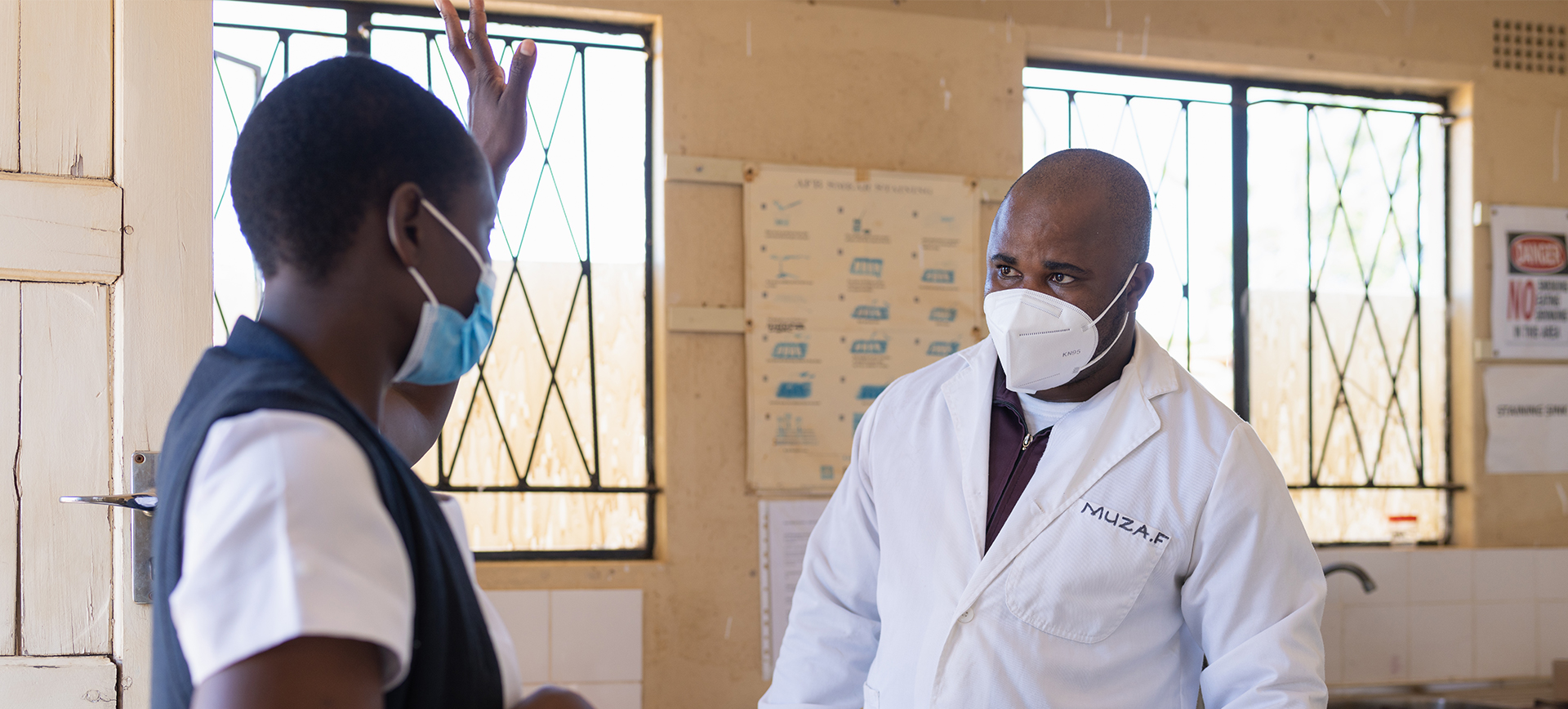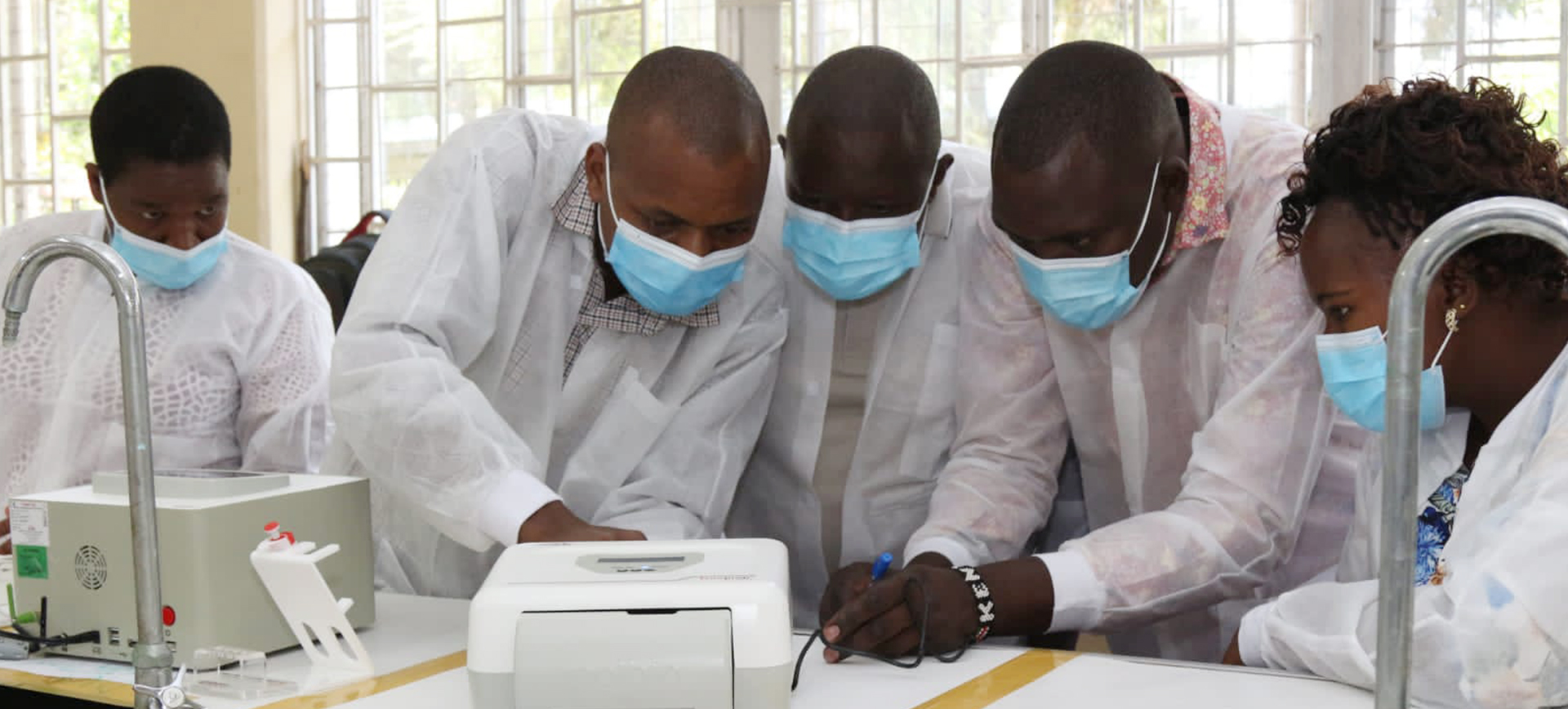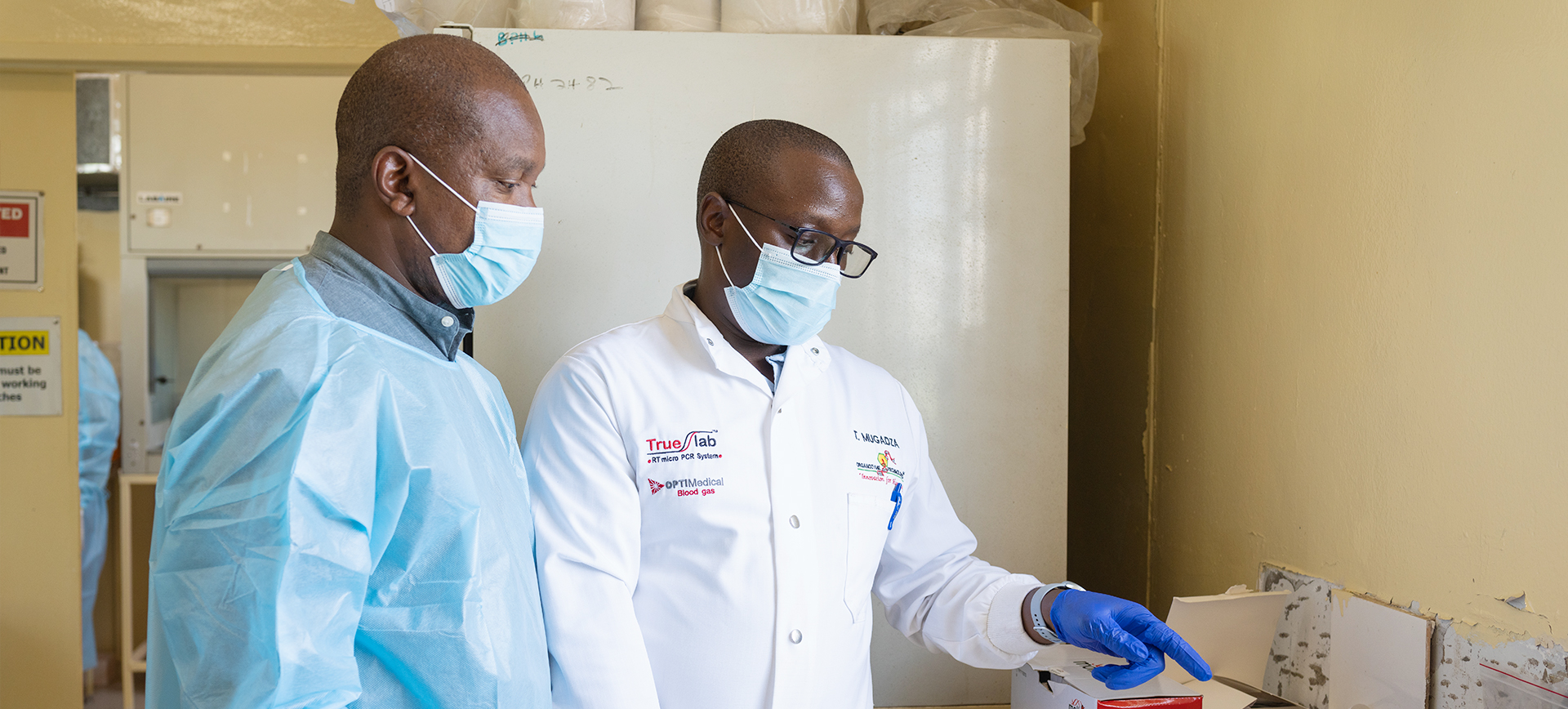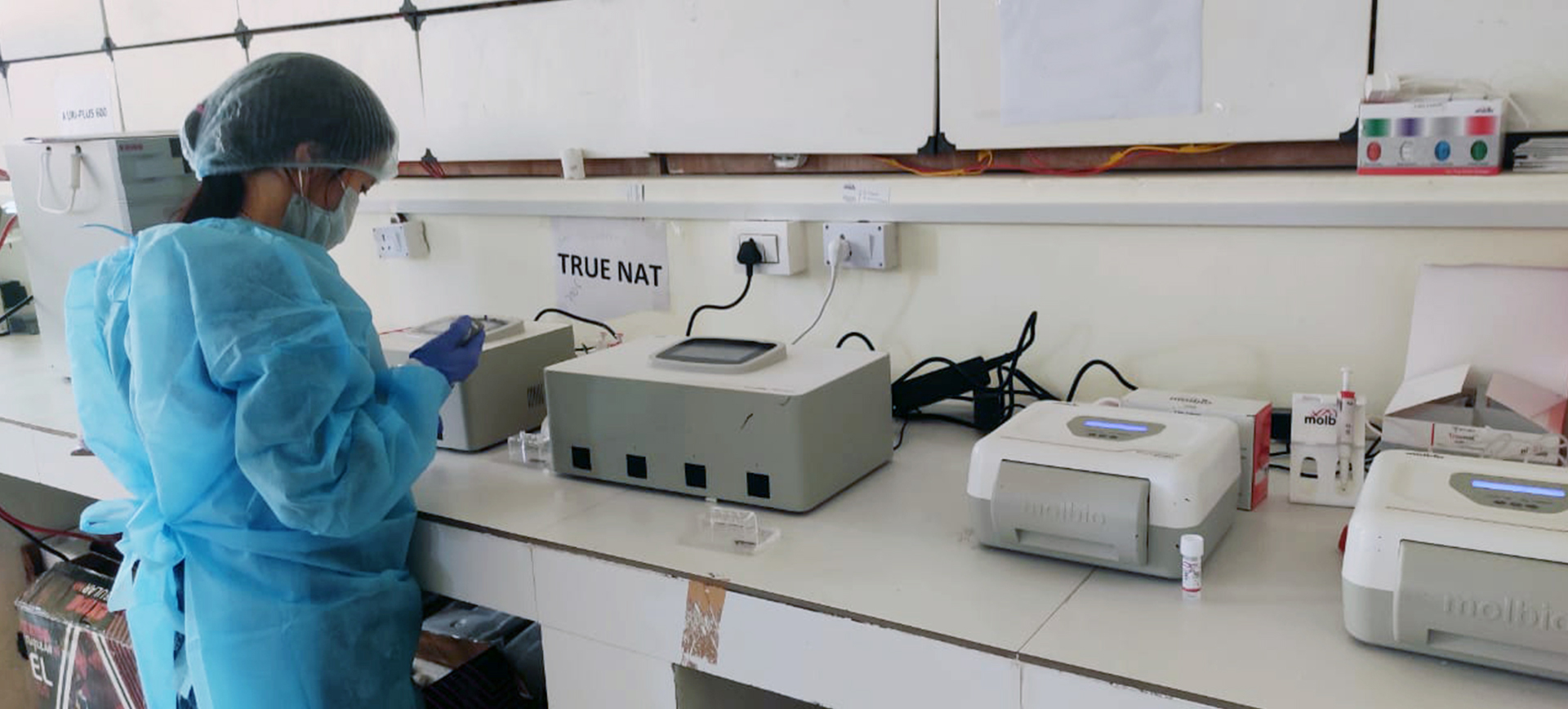Martha Sibanda recalls the day in the blistering heat of Zimbabwe’s Zambezi Valley when she gave up all doubts. “When they first showed us this small machine,” she says, readjusting her uniform, “I thought to myself, ‘How can this work?'” People in the villages used to walk 100 kilometers just to get tested for TB; many never returned for their results.
The statistics that continued to haunt Zimbabwe were grim—18,000 deaths from TB a year; almost a third of cases slipped into the shadows, unrecorded and untreated. But today, that doubt has been replaced with pride as Martha looks upon yet another patient receiving results within hours rather than weeks.
“Look,” she says, pointing to the Truenat device humming quietly in the corner of her rural clinic. “This is what hope looks like in action.” Within the brief timeline of 18 months, the TB testing revolution has touched over 25,000 lives across Zimbabwe. Where results previously took 14 days, they now take just two hours. Where only 67% of diagnosed patients would start treatment before, now 91% begin the first step of recovery immediately.
Dr. James Moyo, District Medical Officer in Binga, recalls that the occasion changed him for life: “We set up a mobile camp in the Zambezi Valley, one of our most remote areas. In a single day, we tested 127 people and found fifteen TB cases. Before Truenat, these fifteen people might have spread TB in their communities for months before getting help. Instead, they all started treatment that same day.”
The human spirit is reflected in the resilience of the machine. Under the intense African sun, with temperatures rising above 35°C and regular blackouts, they still function almost miraculously, maintaining a 99.1% uptime.
But it is not the machines that save lives; it is the people. Zimbabwe has trained 186 health workers, including Martha, on the use of these machines, thereby creating a wide network of expertise across the country. “It was not just about pressing buttons,” says Nurse Themba, one of the trainers. “It was about knowing how to restore hope to our communities.”
The effects are rippling beyond health. Each time there is a diagnosis, families save an average of $47 in travel costs and lost income—money that can now feed their children or pay school fees. For Thomas Mutasa, a 52-year-old farmer from Chimanimani, this meant everything: “I couldn’t leave my fields for days to get tested,” he shares, his voice strong now that he’s recovering. “When they brought the testing to our village, I got answers the same day. This machine didn’t just diagnose my TB—it let me keep providing for my family while getting treated.”
These life-saving devices now operate in 45 rural health centers, reaching 78% of previously underserved rural districts. But Zimbabwe will not stop there. The Ministry of Health and Child Care has set the ambitious agenda of reaching all 63 districts by 2026.
“We’re not just installing machines,” says Dr. Sarah Nyathi, National Tuberculosis Programme Manager. “We’re building a sustainable system—training more healthcare workers, strengthening supply chains, implementing digital monitoring. Every step brings us closer to ending TB in Zimbabwe.”
As the sun begins to set over the African bush and the clinic prepares to close, Martha remembers the mother who walked the long distance to bring her sick child for the test. Hours ago, they would have been sent home with nothing but worry. Today, they left with a diagnosis and medicine.
“You see that smile on her face?” Martha asks as she watches them walk away. “That’s what we’re really building here—not
As Zimbabwe opens this new chapter in the fight against TB, every test carried out, every diagnosis made, and every life saved adds to a tale of resilience and innovation. One patient in recovery declared: “We are not just fighting TB. We are winning.”
This impact story showcases how innovative molecular testing technology, when properly implemented and supported, can transform healthcare delivery in resource-limited settings. Zimbabwe’s experience provides valuable lessons for other countries striving to improve their TB diagnostic capabilities and ultimately save more lives.





